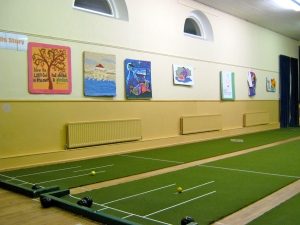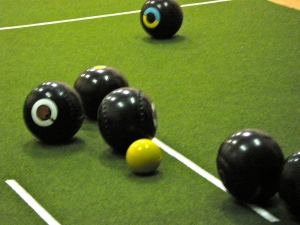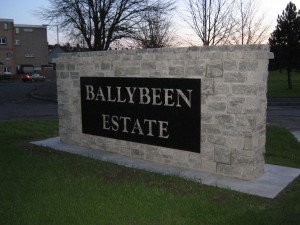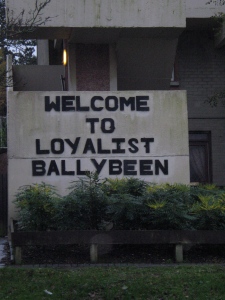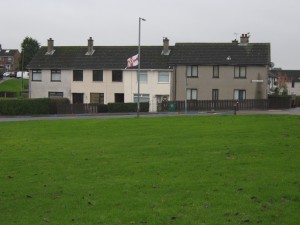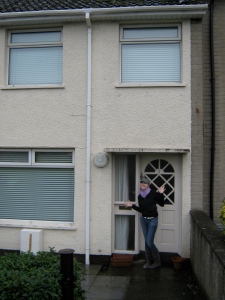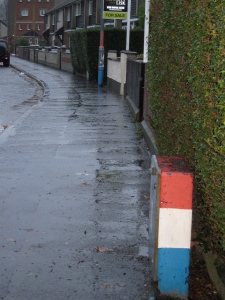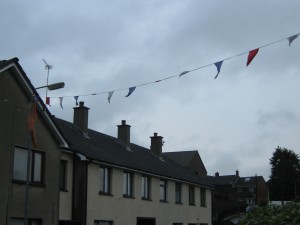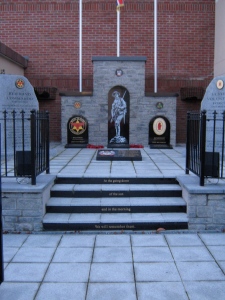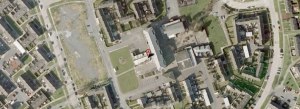I spend every Thursday night playing Bowls, a Northern Irish game, with the Bowls Club at my church, Regent Street Presbyterian.
Bowls is a game, popular throughout Northern Ireland, which can be played indoors or outdoors. I play the indoor version. As the picture above shows, each person has two bowls (similar to very small bowling balls) which then are thrown down the green (or mat) with the goal of getting as close as possible to the jack, a small yellow metal ball. To make things more complicated, each bowl has a bias in the inside of it which causes the bowl to arch when you throw it. The key to playing good bowls is a soft, but accurate throw. As someone coming from a bowling (or ten-pin bowling, as it’s called here) background, it was very hard for me not to lob the bowls down the green. I have gotten better as the year’s gone on, but it’s still hard to resist the urge to throw the bowl as hard as I can.
Part of the fun of being involved in the Bowls Club is the game, but most of it is the “craic”. Craic is a word used often here and it means “fun, entertainment, and/or enjoyable conversation”. Common expressions are “What’s the craic?” and “Good craic”.
Most (actually, everyone but me ) of the people who participate in the Bowls Club fall under the category of Pensioner (or, Senior Citizen). Despite the age difference, everyone has welcomed me and not made too much fun when I butchered the game. It’s also been a way to get to know a lot of people in the church I probably wouldn’t have otherwise.
While it’s not necessarily how I would have chosen to spend my Thursday evenings, I’m really glad it’s where I ended up.

